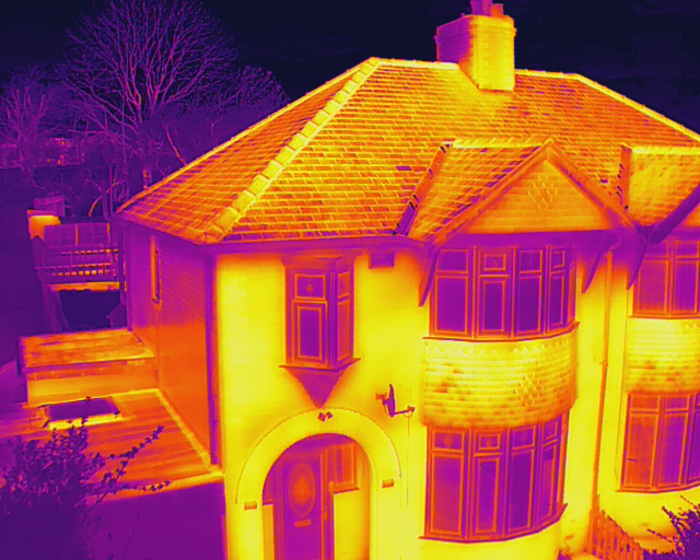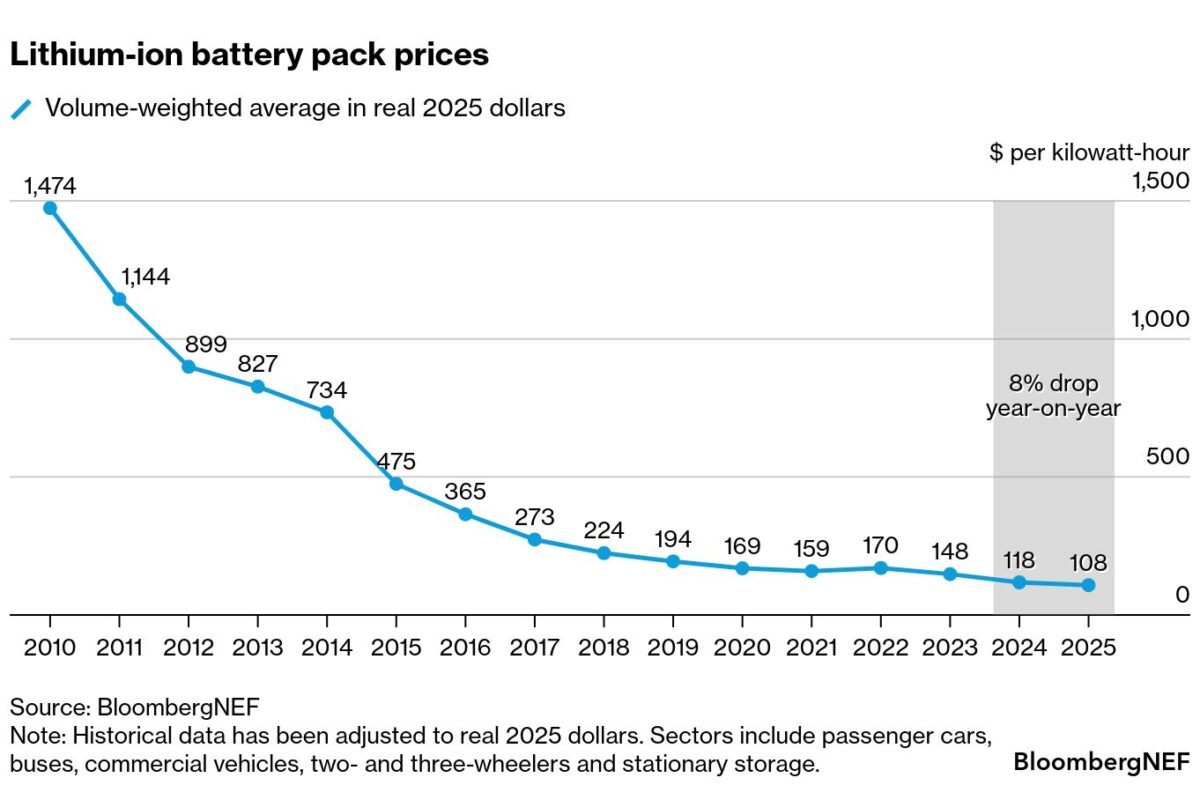Researchers from Swansea University in the United Kingdom are investigating how thermochemical storage (TCS) may be used in combination with rooftop PV for seasonal heat storage.
“Our vision for the project is to bring to market a modular, multi-vector energy system that can be installed into new homes and retrofitted into existing buildings,” project lead Robert Barthorpe told pv magazine. “Our focus is to rapidly advance the capabilities of thermochemical (TCS) and phase change material (PCM) heat storage units, and smart control systems to enable them to be easily integrated with existing technologies such as rooftop PV, electrical storage and heat pumps.”
Barthorpe and his research team, which comprises scientists from Loughborough University, University of Sheffield and UK heat pump specialist Mixergy Ltd, recently secured funding of £146,000 from the UK Department for Business, Energy and Industrial Strategy (BEIS) to further develop its system, which is being designed to provide storage for up to months at a time without standing losses, providing cost and carbon benefits to both building occupants and energy networks.
In a fully integrated system, the rooftop solar array would be used to power a heat pump or another electrical heating element, which in turn produces the heat to be stored by the thermal devices. The PCM module is suited to providing flexibility over a period of hours or days, while the TCS is capable of storing energy for long-term use during the cold months of the year. “Once charged, the TCS system can be cooled to ambient temperature and the energy stored until needed,” the research group said in a statement. “When required, moisture is reintroduced, which then releases the heat for use within the home.”
“This has the potential to provide day-to-day storage of thermal energy at densities far greater than traditional technologies,” the academics explained. The PCM system employs a thermal source to heat a chemical store to transition the solid material into liquid form. “The effect of this is to store latent heat for several days. The heat stored can be released to provide hot water or space heating simply by pumping lower temperature water through the system.” PCMs are able to absorb, store and release large amounts of latent heat over a defined temperature range and have often been used, at the research level, for PV module cooling.
The heat storage modules conceived by the UK group are ideally suited to use with PV systems, with benefits expected across a broad range of system sizes and inverter types. Excess PV generation may be used to charge either short or long-term stores either directly through resistive heating elements, or via a heat pump to benefit from further advantages in terms of coefficient of performance.
The team estimates that, with a similar system configuration, home occupants could benefit from savings of around £300 pa in the case where a single unit — TCS or PCM — is installed and the occupant makes use of Time of Use Tariff (TOUT), which encourages customers to use energy at off-peak times, to charge the store. Where the occupant has access to a PV array or an electrical storage battery, the savings are expected to be greater still.
The team is currently mid-way through a feasibility study that is investigating potential unit costs for consumers along with technical optimization opportunities.
In the proposed system configuration, the rooftop solar array is used to power a heat pump or another electrical heating element, which in turn produces the heat to be stored for the cold months of the year. “Once charged, the system can be cooled to ambient temperature and the energy stored,” the research group said in a statement. “When required, moisture is reintroduced, which then releases the heat for use within the home.”
The scientists are also planning to combine this technology with another one based on the use of an unspecified type of PCM.
Both systems would be managed through smart control systems to optimize their performance and optimize storage levels.
This content is protected by copyright and may not be reused. If you want to cooperate with us and would like to reuse some of our content, please contact: editors@pv-magazine.com.




Your article March 4 2022 . This is real science fantasy. 1 the storage materials do not exist. 2 the size and cost to install, to me seams extremely not plausible. Cost to savings ? Better off battery storage to heat your home at night.
Company needs tens of millions for research and development before anything is promoted of such a system.
Every day I read of Companies “re-inventing” PCM phase change materials. Trouble is their motivation is to profit from their recycling of old ideas, I would love to have the ability to be able to heat my house, as I’m having to have a new gas boiler because these Companies are not prepared to help old pensioners and families just keep warm in these horrific times. Come on philanthropists help the world